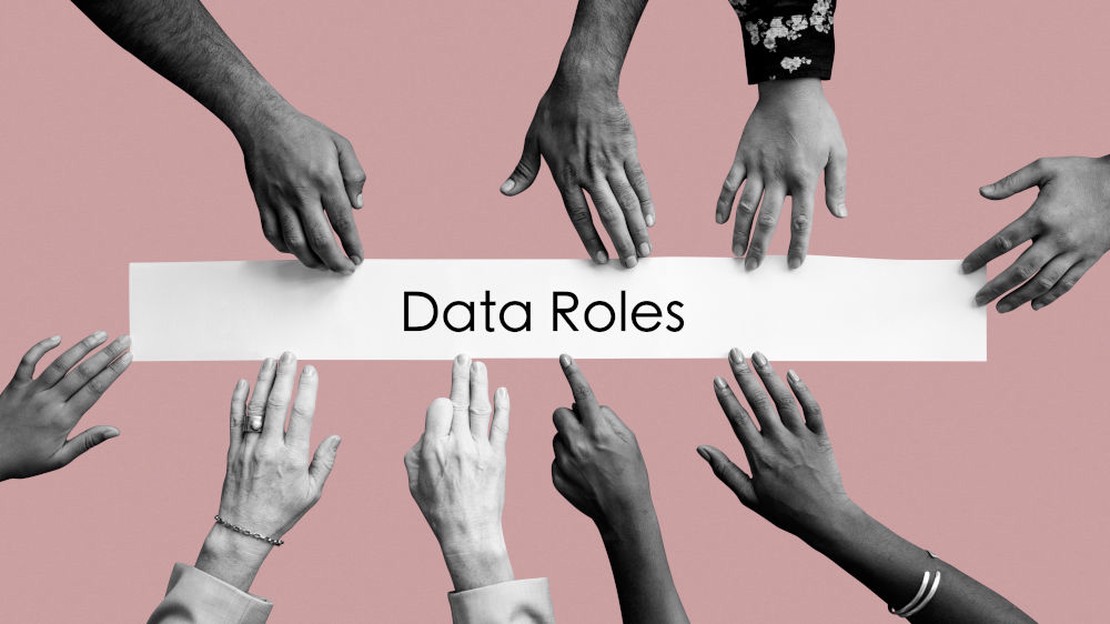
Data Collaboration and Clean Rooms
- Sepand Hani
- Data
- September 11, 2024
Data Clean Rooms - Revolutionizing Data Collaboration
We’re in an unprecedented era for data collaboration. As businesses strive to unlock new value through data, there’s a growing focus on leveraging modern solutions like data clean rooms and expanding data partnerships. This shift is no longer limited to marketing; it’s now transforming a wide range of industries by streamlining analytics and fueling machine learning.
With this surge, organizations are turning to data clean rooms as a powerful tool for securely sharing data and accelerating decision-making processes. If you’re unfamiliar with how clean rooms work, this iab.techlab guide provides an excellent overview.
These shifts are just the beginning. AI and data clean rooms are set to redefine how organizations share and maximize data value, providing a glimpse into the future of data collaboration.
Key Trends Driving Data Collaboration
- Data collaboration goes mainstream: No longer confined to early adopters, organizations across industries now recognize its value.
- Expanding beyond marketing: Companies are leveraging data collaboration in sectors like healthcare, finance, and beyond.
- AI takes center stage: AI is enhancing data collaboration, unlocking new use cases while streamlining the process itself.
Industry Survey Insights
According to a recent survey, 70% of companies now consider themselves experienced with data collaboration. However, despite this high level of maturity, most organizations are eager to continue expanding their efforts. This highlights the ongoing value of collaboration, whether to monetize data assets or to enhance decision-making through more robust data analytics.
Are you ready to evaluate your data collaboration maturity? Think about your organization’s current level of expertise and data richness. Contact us
Data Clean Rooms: Secure Data Collaboration Made Easy
Data clean rooms are gaining traction as a privacy-first solution to the challenges of data security and confidentiality. These virtual environments allow multiple parties to share data without directly exposing sensitive information, all while adhering to regulatory standards.
Notably, three-quarters of surveyed companies have adopted clean room solutions, drawn by the promise of secure, collaborative analytics. Many businesses first encounter clean rooms through limited partnerships (like within walled gardens) but quickly recognize the potential for broader data ecosystems.
Understanding Data Clean Rooms (DCRs): The Future of Secure Data Collaboration in Advertising
As privacy becomes a growing concern, Data Clean Rooms (DCRs) are emerging as essential tools for privacy-first data sharing, especially within the advertising industry. DCRs allow companies to collaborate on data-driven insights without compromising privacy or breaching regulations. But what exactly do DCRs bring to the table for advertising use cases, and how do they work?
Core Principles of Data Clean Rooms in Advertising
When it comes to advertising, DCRs enable secure, privacy-compliant data sharing between partners, typically to enhance targeting and measurement capabilities. The key principles DCRs share in these use cases include:
- Privacy and Security by Design: Ensuring that data remains anonymized, encrypted, and inaccessible to unauthorized parties through privacy-enhancing technologies (PETs).
- Limited and Controlled Data Access: Allowing data to be shared only under predefined parameters, keeping sensitive information out of the hands of advertisers or third parties.
- Enhanced Accountability: Strict governance protocols and access controls ensure that only authorized actions can be taken with the data, aligning with regulatory standards such as GDPR or CCPA.
To dive deeper into the workings of privacy-enhancing technologies, check out this guide on PETs from the International Association of Privacy Professionals (IAPP).
What Functions Should a Data Clean Room Enable for Advertising?
Data Clean Rooms for advertising are expected to offer several critical functions, including:
- Data Matching and Normalization: Aligning disparate datasets for seamless collaboration without exposing raw data.
- Secure Computation: Running queries or conducting analysis without revealing the underlying data to other parties.
- Audience Targeting and Measurement: Enabling advertisers to target audiences better and measure campaign performance using anonymized insights.
To understand the intricacies of secure data collaboration, the DCR overview provides a detailed explanation of how clean rooms fit into the advertising landscape.
What Problems Do Data Clean Rooms Solve?
DCRs solve a host of issues that advertisers face when handling sensitive user data:
- Compliance with Privacy Regulations: By leveraging privacy-first approaches, DCRs help companies comply with global privacy regulations.
- Secure Data Sharing: They enable data sharing between companies without compromising the integrity or confidentiality of the datasets.
- Data Integrity and Transparency: DCRs ensure that data is accurate and transparent, eliminating the risks associated with sharing raw, unverified data.
For further insight into data compliance, check out the GDPR compliance page for essential guidelines.
Limitations of Data Clean Rooms
Despite the promise, there are challenges. A primary issue is the lack of a clear definition for data clean rooms, leading to confusion for both vendors and users. Furthermore, the opacity of these environments means participants must carefully prepare their data models and ensure datasets are properly cleansed.
These hurdles can be overcome with the right strategy and technology partner, especially those offering interoperability and governance features that streamline the setup and management of cleanroom ecosystems.
DCRs have certain limitations. They might not be the best solution for every scenario:
- High Costs: Implementing and maintaining a DCR can be costly, especially for smaller organizations.
- Limited Data Availability: A DCR only works with the data that is contributed, meaning insights are dependent on the quality and breadth of shared data.
- Complex Setup and Maintenance: Setting up a DCR requires specialized knowledge and ongoing maintenance, which could limit adoption.
For cases where DCRs may fall short, other privacy-enhancing technologies like secure multi-party computation or differential privacy might offer better solutions. Learn more about differential privacy and its applications.
How Does a Data Clean Room Work?
While DCRs share characteristics common to any data-sharing operation, such as data preparation, normalization, and querying, they emphasize:
Clean rooms leverage technologies like:
- Encryption and secure multi-party computation to ensure data remains private
- Pseudonymization and noise injection to protect individual privacy
- Synthetic data generation to facilitate advanced analysis without risking exposure
By maintaining tight control over data access and usage, companies can unlock collaborative potential without sacrificing privacy or security.
Explore more about homomorphic encryption in this Wikipedia , which explains how it enables computations on encrypted data.
Data Clean Room Roles and Operations
Understanding the different roles within a DCR is crucial for grasping how they function:
- Data Contributor: This party provides their data to the DCR. Contributors must ensure their data meets regulatory standards and remains up-to-date. They also manage privacy controls for the data’s end use.
- DCR Provider: Responsible for the environment where computations occur. This could be an independent third party or one of the data contributors.
- Data Consumer: They extract insights from the data but don’t contribute data themselves. Their role is limited to querying and analyzing the data in a secure environment.
- Data Services Provider: Offers value-added services like predictive modeling or secure computing within the DCR to enhance data operations.
Learn more about these roles and responsibilities in the IAB’s guide to DCRs , which outlines best practices for implementing DCRs in marketing.
Conclusion
Data Clean Rooms are an essential part of the evolving data privacy landscape, especially within advertising. By ensuring that data can be shared and analyzed securely, DCRs help organizations remain compliant while still gaining valuable insights. However, their complexity and limitations mean they are best used alongside other Privacy-Enhancing Technologies to create a holistic privacy-first strategy.
Credits: Image by pch.vector


